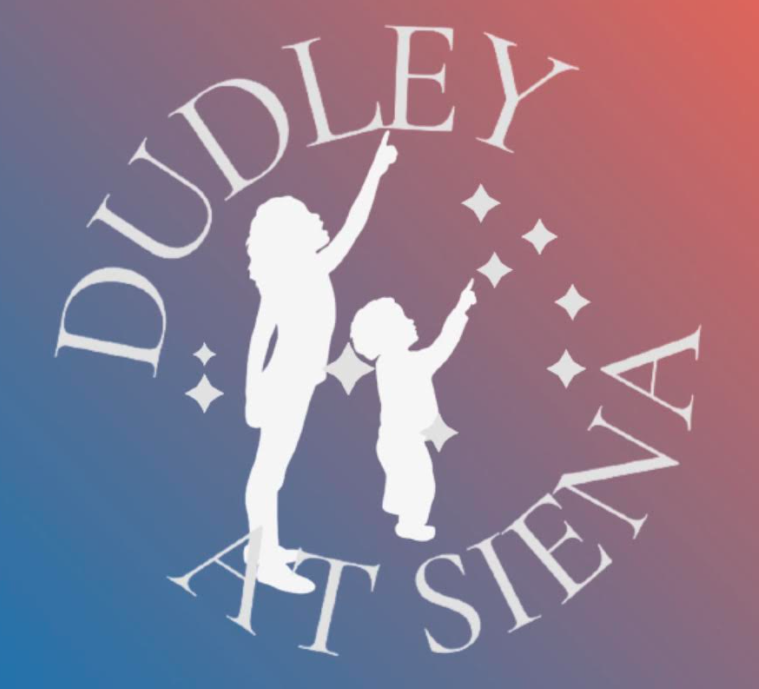Skywatch Line for Friday, April 11, through Sunday, April 13, written by Sam Salem
This is Dudley Observatory’s Skywatch Line for Friday, April 11, through Sunday, April 13, written by Sam Salem.
On Friday, Sun rises at 6:20am and sets at 7:33pm; Moon sets at 5:41am and rises at 6:31pm.
In the early evening hours of Friday, the waxing gibbous Moon will glow brightly in the east above Spica, the brightest star in Virgo the Maiden.
Full Moon occurs at 8:22pm on Saturday. The full Moon of April always shines in the vicinity of Spica. This year they’re especially close together. Spica will be hard to see in the Moon’s bright glow. April 2025 full Moon, nicknamed the Pink Moon, is a micro-Moon. It’s at a far part of its orbit around Earth. A micro-Moon can appear up to 14% smaller than a super-Moon. A careful comparison with photos of other full Moons would show that this full Moon appears smaller-than-average in our sky. The April micro-Moon is the second of three micro-Moons in 2025. It’s the farthest full Moon of 2025, at 252,280 miles.
In the evening hours of Sunday, the waning gibbous Moon will lie near Spica and the moderately bright star Zubenelgenubi in the constellation of Libra the Scales,. They’ll rise late evening and be visible through dawn.
Venus is emerging low in the dawn, having passed inferior conjunction on March 22nd. Look for Venus very low due east starting 50 minutes before sunrise. Venus gets a little higher and easier morning by morning. It’s in its crescent phase in a telescope or steadily braced binoculars. Post-conjunction, the bulge of the crescent now faces lower left toward the Sun.
Mars is roughly in line with heads of Gemini the twin this week. It comes into view in evening twilight as a steady yellow-orange spark high toward the southwest. It continues to fade as it shrinks into the distance, looking more like its neighbor Gemini stars Pollux and Castor. These three dots form an arc that gradually straightens out day by day that formed a straight line on Thursday. After that, the arc will start to bend the other way, as Mars progresses east against the starry background. In a telescope, Mars has shrunk to 7½ arcseconds in diameter.
Jupiter shines bright white in the west, in Taurus, about 39° lower right of Mars along the ecliptic. This week Jupiter forms an equilateral triangle with Taurus’s two horn-tip stars above it, Beta and lesser Zeta Tauri. Below Jupiter shines orange Aldebaran. Jupiter and the triangle of Mars and the Taurus horns together form a lower-case letter y. Farther to Jupiter’s lower right are the Pleiades. Jupiter sets in the west-northwest around midnight.
The two Dog Stars of Canis Major constellation, Sirius and Procyon, stand vertically aligned around the end of twilight at this time of the year. Look southwest to see brilliant Sirius below and Procyon about two fists above.
